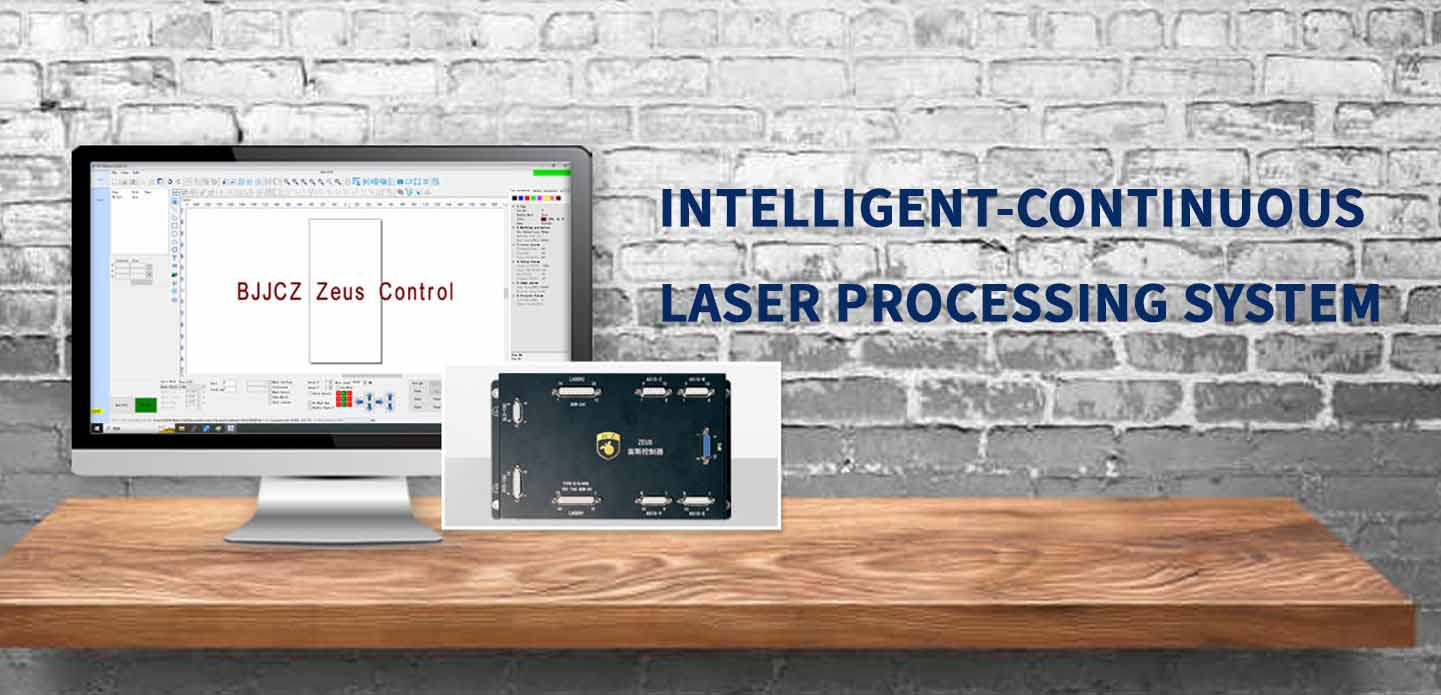In today’s fast-paced industrial landscape, innovation in design and manufacturing processes has become crucial for staying ahead of the competition. Among the various technologies that have emerged, CAD laser cutters stand out as transformative tools, bridging the gap between design conceptualization and actual production. With their unprecedented precision and versatility, CAD laser cutters are revolutionizing the way products are designed, fabricated, and brought to market. This article will delve into the capabilities of CAD laser cutters, their applications, advantages, and impact on various sectors.
At the heart of a CAD laser cutter is its ability to convert complex digital designs into precise physical products. CAD, or Computer-Aided Design, enables designers to create detailed 2D and 3D digital models of their ideas. By integrating CAD software with laser cutting technology, manufacturers can produce intricate designs that were once too complicated or time-consuming to create using traditional methods. The laser cutter utilizes a high-powered laser beam, which is directed through optics and focused on the material to be cut. This process allows for clean, precise cuts and engravings on a variety of materials, including wood, acrylic, metal, and fabric.
One of the primary advantages of CAD laser cutters is their speed. Traditional cutting methods often require more manual intervention and time-consuming setups, which can delay production schedules. In contrast, CAD laser cutters can swiftly execute intricate designs, drastically reducing lead times. This speed is particularly beneficial in sectors such as fashion, where trends can change rapidly, and manufacturers must adapt quickly to consumer demands.
Moreover, CAD laser cutters offer unparalleled precision. The laser beam’s focus allows for incredibly fine cuts, producing sharp edges and intricate details without the need for additional finishing processes. This level of accuracy is invaluable in industries such as aerospace and automotive, where precision is critical for safety and performance. Components can be fabricated to exact specifications, ensuring that they fit seamlessly into their intended applications.
In terms of versatility, CAD laser cutters can handle a wide range of materials and thicknesses. This adaptability makes them suitable for various industries, including signage production, architecture, aerospace, and prototyping. For instance, in the architecture and construction industry, laser cutters can be employed to create detailed model components, allowing architects to present their ideas more effectively. Similarly, within the fashion industry, designers use CAD laser cutting to create intricate patterns and designs that would be challenging to produce by hand.
Another significant benefit is the reduction of material waste. Traditional cutting methods often produce remnants that cannot be utilized, resulting in increased costs. However, with the precise nature of laser cutting, the amount of scrap material is minimized, thereby promoting a more sustainable manufacturing process. This is especially important as industries seek to minimize their environmental impact and adhere to sustainable practices.
Despite these advantages, integrating CAD laser cutters into existing workflows does require consideration of several factors. These include the need for skilled operators who are familiar with both CAD software and laser cutting technology. Furthermore, investments in laser cutting equipment can be substantial, and companies must weigh the initial costs against the long-term benefits of increased efficiency and productivity.
Nonetheless, as technology continues to evolve, the accessibility of CAD laser cutters is increasing. Smaller businesses and startups now have the opportunity to utilize this technology, allowing them to create customized products and innovate without the need for extensive resources. Furthermore, advancements in cloud-based CAD software and machine learning tools are enabling even more streamlined processes, where design updates and adjustments can be executed quickly and efficiently.
In conclusion, CAD laser cutters are redefining the landscape of manufacturing and design. With their impressive speed, precision, and versatility, they empower businesses to innovate and respond to changing market demands with agility. As industries continue to embrace this technology, the potential applications of CAD laser cutters will only expand, heralding a new era of efficiency and creativity in product development. Embracing this technology is not just about staying current; it is about reimagining the possibilities of what can be created in the modern age.
由用户投稿整理稿件发布,不代表本站观点及立场,仅供交流学习之用,如涉及版权等问题,请随时联系我们(yangmei@bjjcz.com),我们将在第一时间给予处理。






